Before discussing this beautiful fungal species, I would like to note that I am in no way advocating for the use of this fungi for consumption. The purpose of this post is to share historical and contemporary knowledge regarding this species as a psychoactive entheogen. This species is commonly described as poisonous and for good reason. While deaths from consuming this species are reported to be very rare, several compounds contained within this fungi are known to be neurotoxins. In addition, to the untrained eye, this species may be confused for a variety of other toxic fungi of the same genus (Amanita), including the deadly toxic Death Cap (Amanita phalloides) and Destroying Angel (Amanita bisporigera) fungi. While it is safe to handle, please do not consume this fungal species.
Yellow American Fly Agaric (Amanita muscaria guessowii):
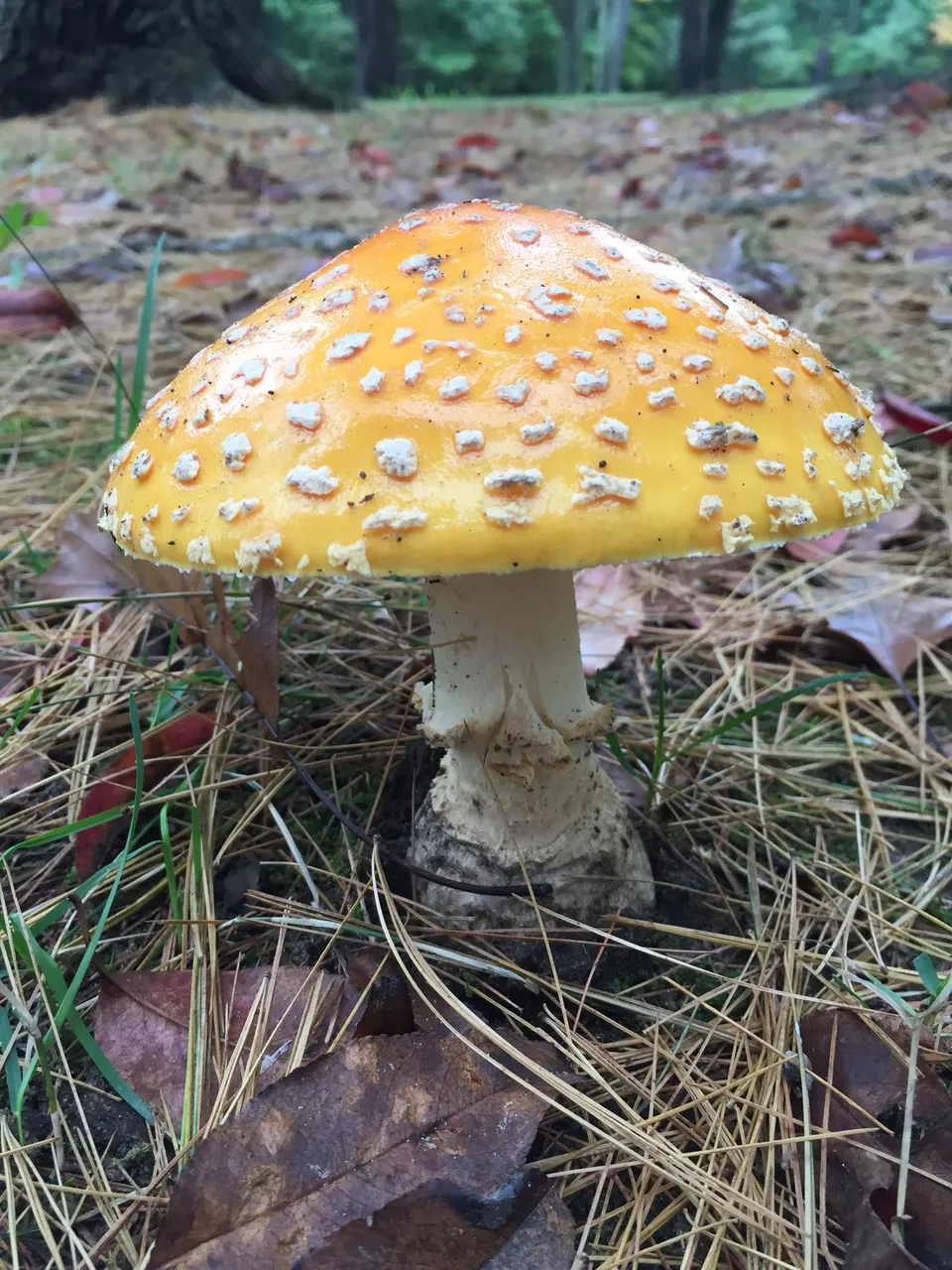
The Yellow American Fly Agaric (Amanita muscaria guessowii) is a variety of cap and stem mushroom native to the Northeastern United States as well as Southeastern Canada. Like its iconic red-capped Eurasian cousin, the Fly Agaric (Amanita muscaria), this vibrant species is highly psychoactive if consumed. Though relatively little is known regarding the pharmacology of this species, the psychoactive effects of the fungi are primarily attributed to the compounds ibotenic acid and muscimol, which, although being present in all tissues of the fungal fruiting body, may be more densely concentrated in the cuticle layer of the mushroom's cap according to anecdotal reports from those who have consumed this species orally. The most commonly reported effects of consuming Fly Agaric species in include: increased body temperature and salivation, pupil dilation, nausea, twitching, and euphoria, as well as auditory and visual hallucinations.
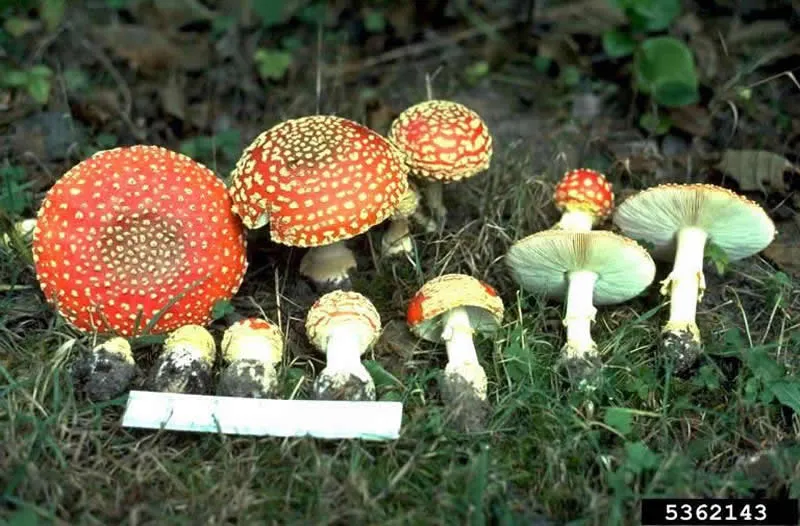
Image source: https://www.fs.fed.us/wildflowers/ethnobotany/Mind_and_Spirit/flyagaric.shtml
Both ibotenic acid and muscimol are known to interfere with or block GABA receptors in the brain, which, in turn, allow neurotransmitters, such as glutamate and acetylcholine, to dominate brain activity and influence excitory effects on the mind and body. Muscimol, in particular, is not broken down by the body and can be passed through one's system via the kidney's in urine. In fact, historic accounts from Eurasia suggest that religious shamans may have drank the urine of reindeer known to consume this fungi in order to access a purified concoction of muscimol for spiritual and divinatory purposes. This very well may be a relatively safer and more efficient method of ingesting muscimol in comparison to consuming Fly Agaric mushroom directly. Ibotenic acid is known to be a potent neurotoxin that induces brain-lesioning. Once ingested, a ibotenic acid is partially metabolized to muscimol, whereas the remainder is excreted along with the muscimol. By consuming the urine of reindeer who have already metabolized the relatively more toxic ibotenic acid to the relatively more psychoactive muscimol, Eurasian shamans may have been taking advantage of a more potent and safe chemical enthogenic concoction than they would have been capable of preparing with Fly Agaric alone.
Ibotneic acid
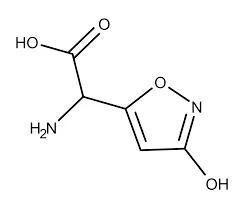
Muscimol

For thousands of years, the Sami people of modern day Norway, Sweden, Finland and the Kola Peninsula or Russia have had a deeply rooted relationship to both reindeer and Fly Agaric alike. Up until a few hundred years ago, Sami shamans were reported to visit homes on the Winter Solstice in sleds drawn by reindeer while dressed in red coats with white trim to mimic the colors of their most important spiritual tool: the Fly Agaric. Entering through the chimney of the snowed-in homes, the shamans would provide the families with Fly Agaric in a healing ceremony. Many believe that such events ultimately helped influence the legend of Santa Claus and his flying reindeer.
While the Yellow American Fly Agaric does not share the same striking red coloration of its more famous Eurasian counterpart, it too contains the same highly potent psychoactive compounds. Fly Agaric is thought to have first reached North America some time in the Pleistocene via the Bering Land Bridge, ultimately reaching as far South as Mesoamerica. Though comparably potent to its Eurasian cousin, the American varietie of Fly Agaric seem to have been locally outcompeted as enthogenic fungal tools by the relatively more abundant, potent, and physiologically tolerable psilocybin-containing species native to the region. Regardless, this beautiful species deserves our respect and understanding for its influence over peoples across time and the world alike.
Yellow American Fly Agaric (Amanita muscaria guessowii):
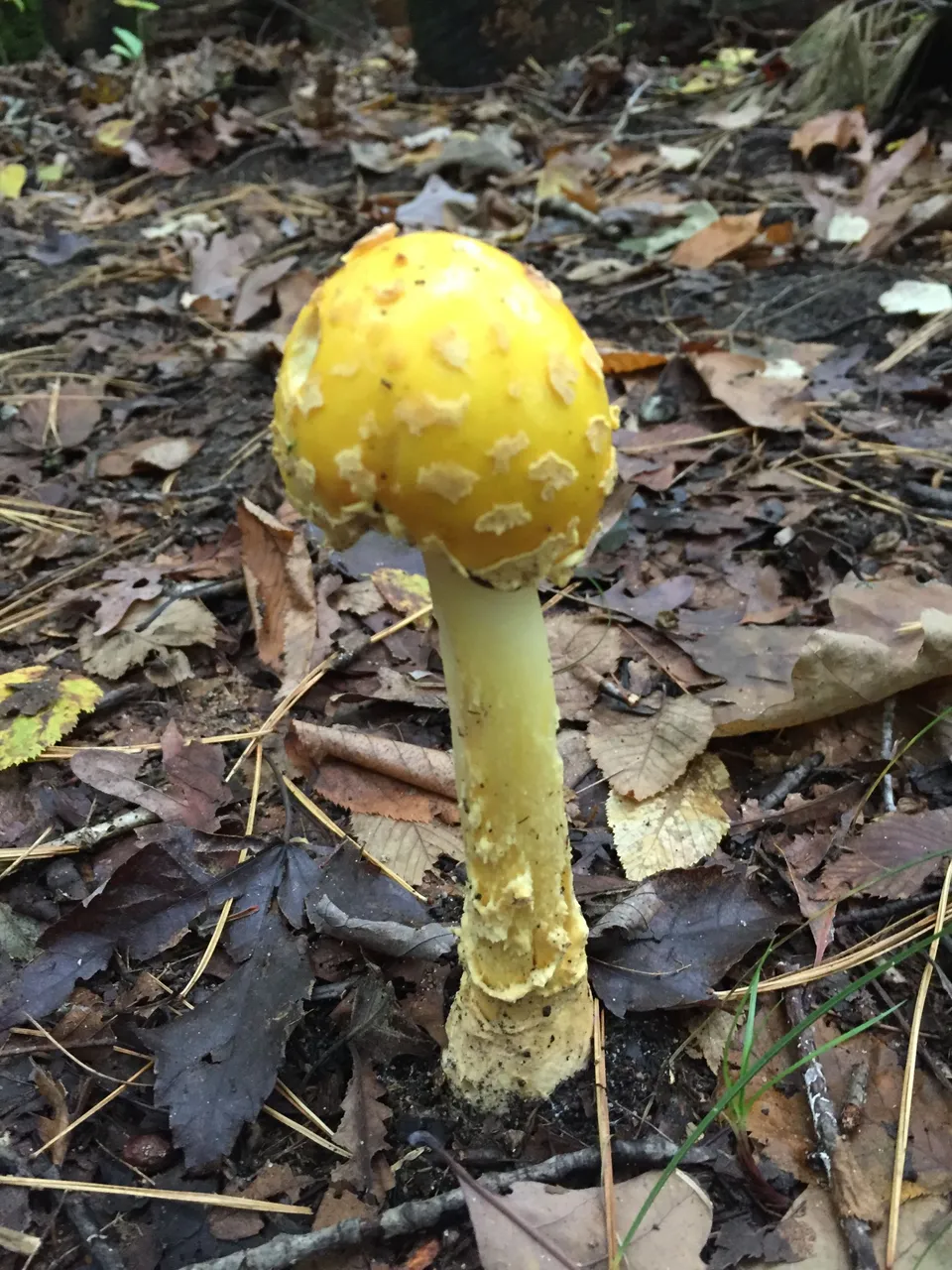
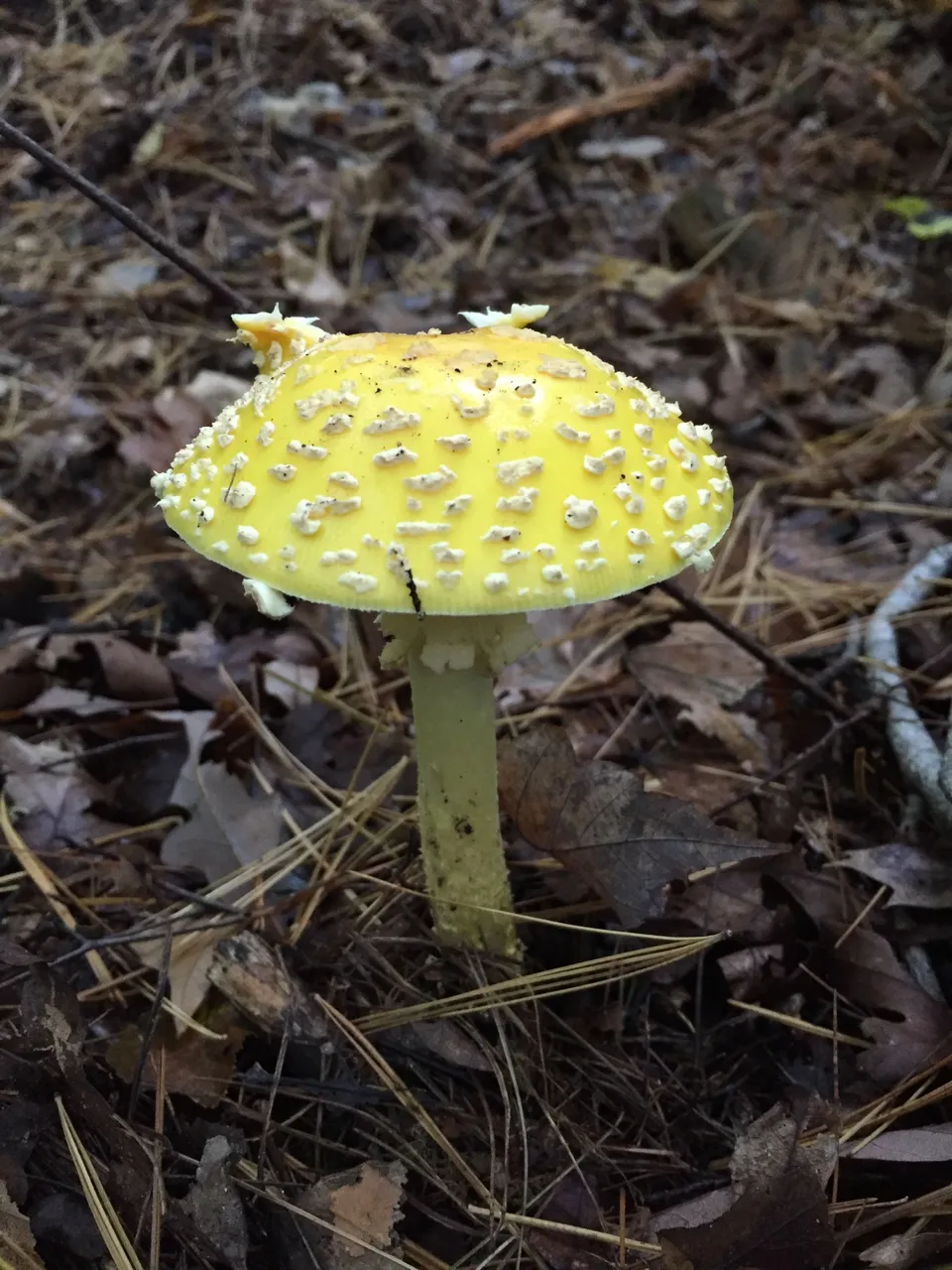
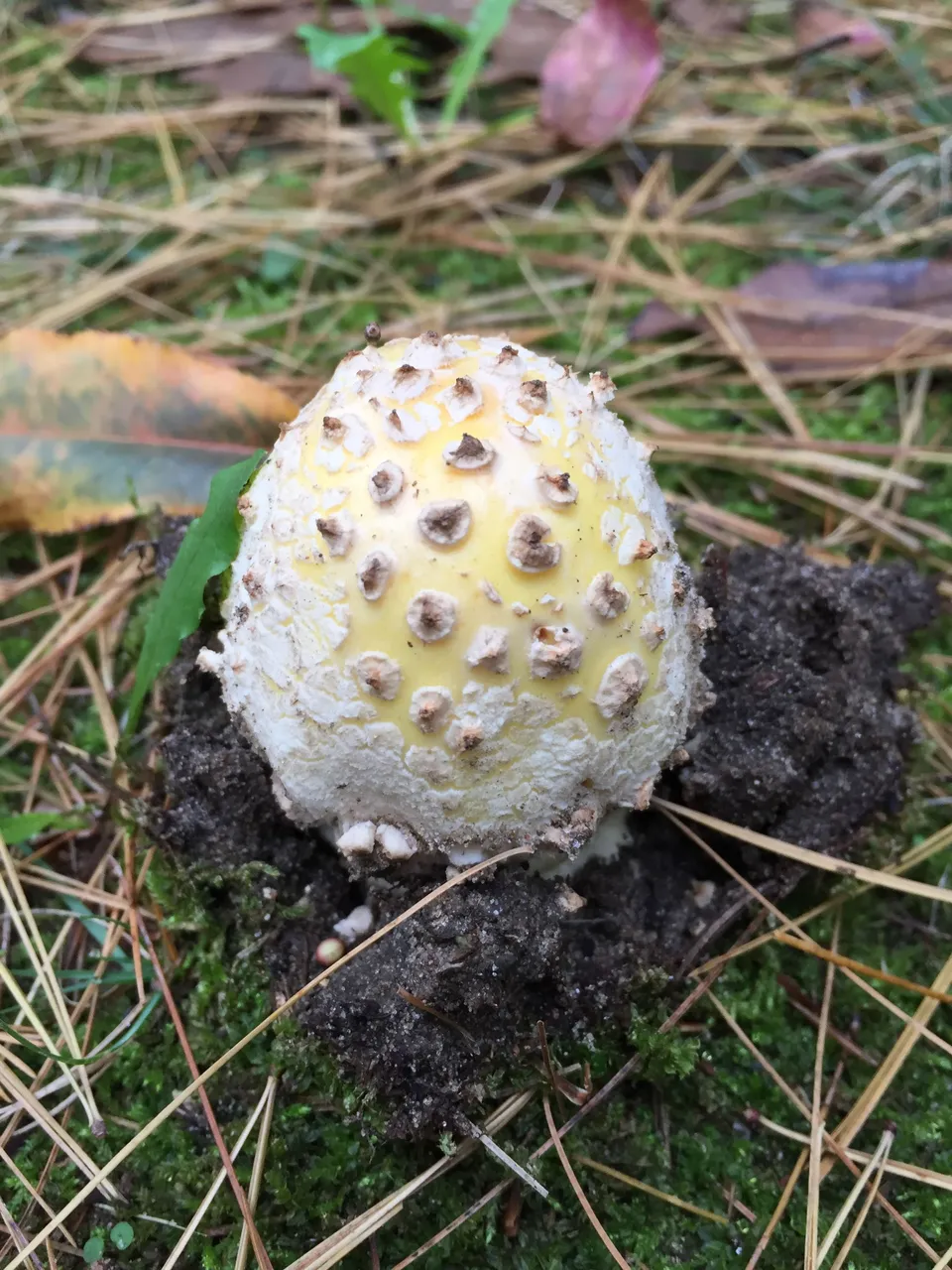
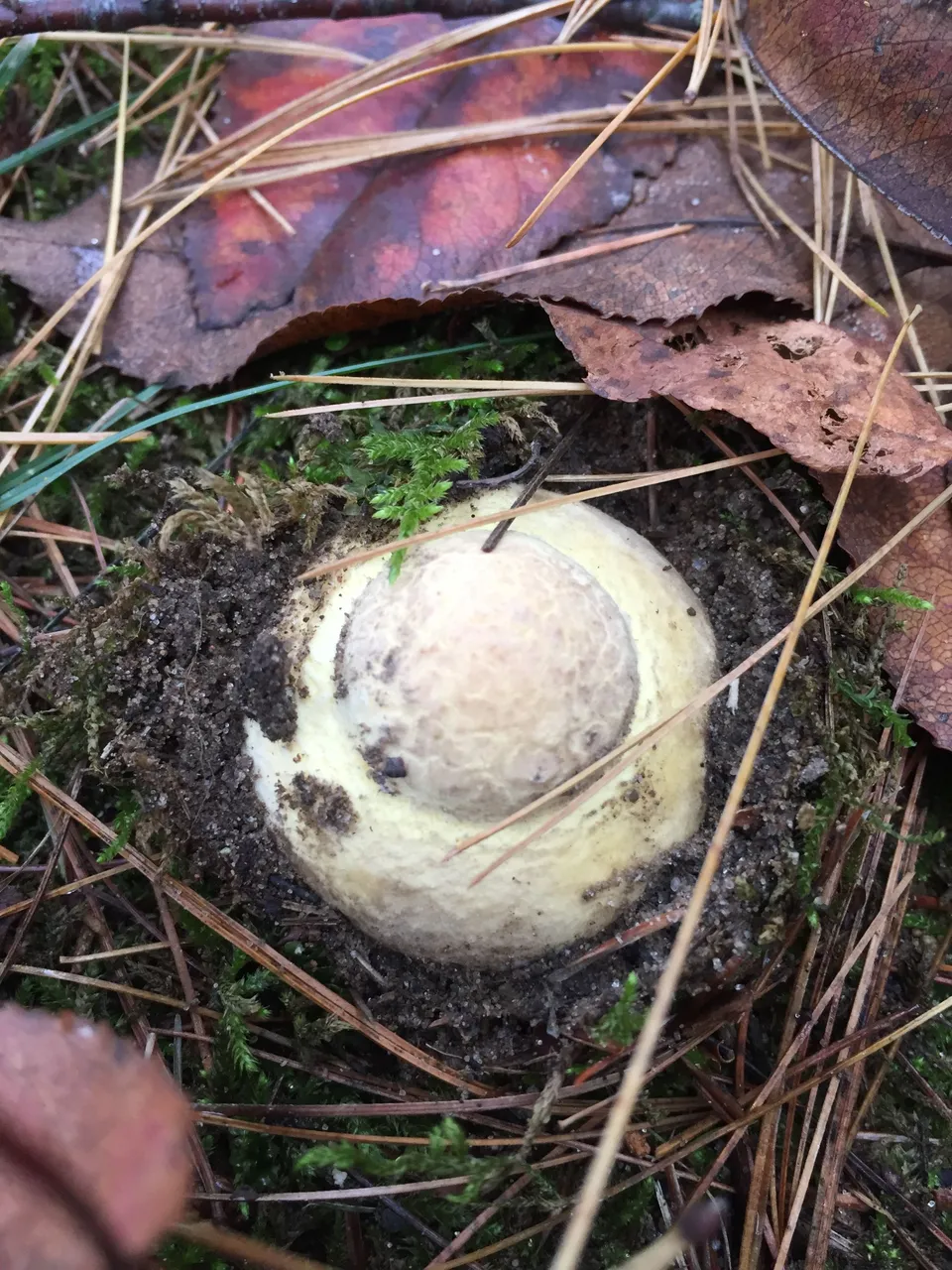
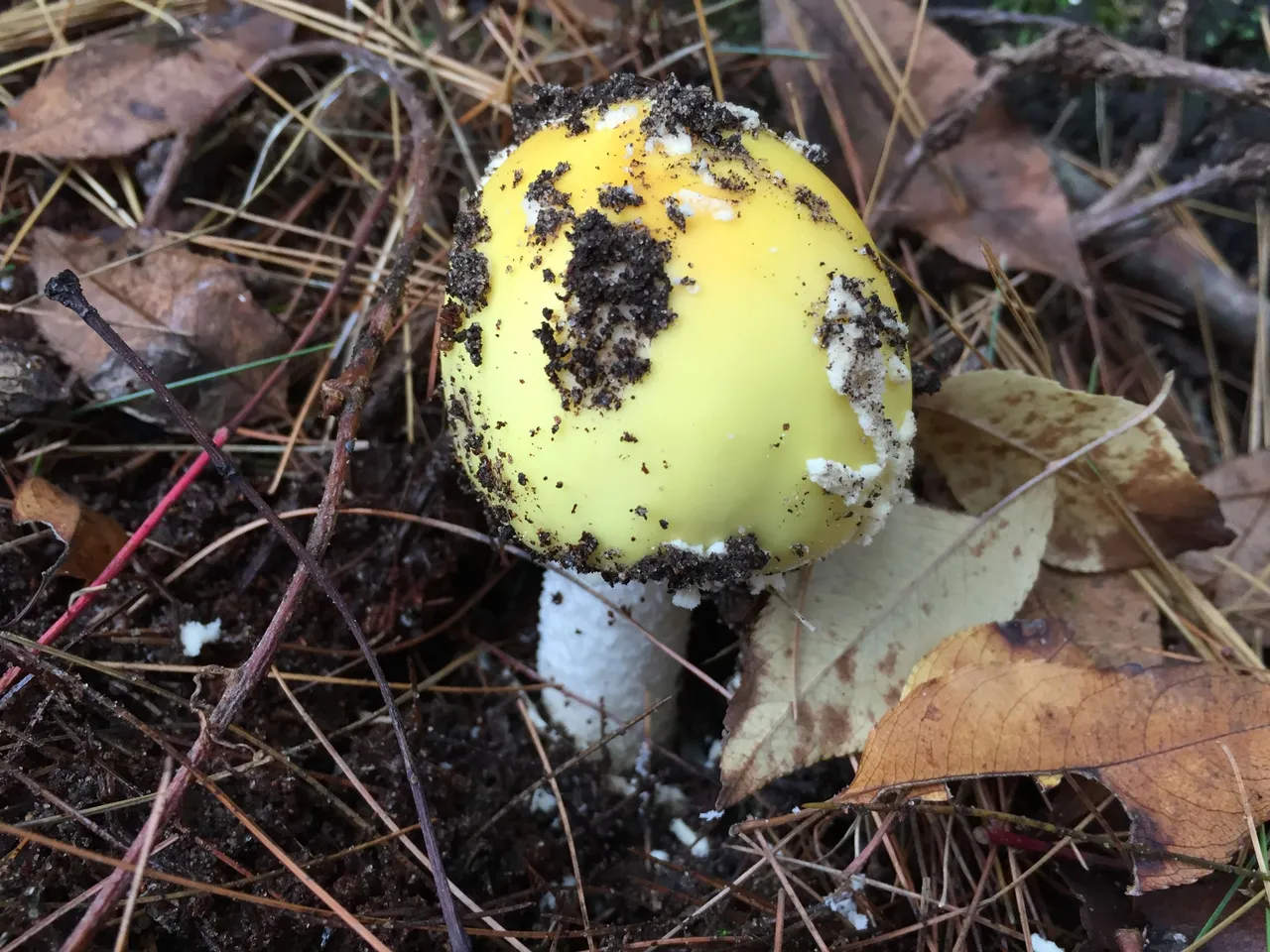

References:
https://www.fs.fed.us/wildflowers/ethnobotany/Mind_and_Spirit/flyagaric.shtml
https://www.mcgill.ca/oss/article/history/origins-santamaybe
https://www.livescience.com/25731-magic-mushrooms-santa-claus.html
https://www.theatlantic.com/video/index/578959/shaman-santa/
https://erowid.org/plants/amanitas/amanitas_info6.shtml
https://edu.rsc.org/feature/the-drink-of-the-gods/2020250.article
My NFT Showroom gallery: https://nftshowroom.com/tych021/gallery
Creary Gallery: https://creary.net/@tych021/projects Publish0x reflink: https://www.publish0x.com?a=M7e58kDYd2 PeakD reflink: https://peakd.com/register?ref=tych021 NFTShowroom reflink: https://nftshowroom.com/?r=tych021 Twitter: https://twitter.com/tych021
